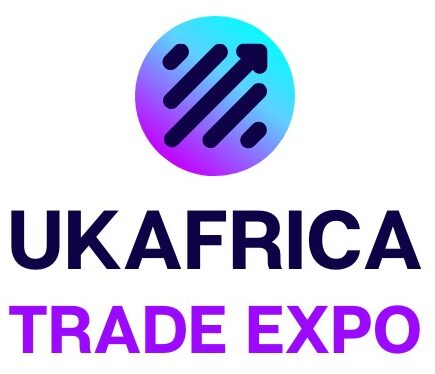Africa’s oil and gas sector is pivotal to its economic framework, contributing significantly to national revenues, employment, and energy supply. As of 2022, the continent accounted for approximately 8% of global oil exports, with West and North Africa being the primary contributors.
Current Production and Reserves
Africa’s crude oil production is estimated at nearly 10 million barrels per day, representing about 10% of global output. Notably, around 75% of this production is exported as crude, while a significant portion of oil products is imported, making Africa unique as both a net exporter of crude oil and a net importer of petroleum products.
In terms of reserves, Sub-Saharan Africa holds approximately 4.15% of the world’s proven oil reserves and 5.03% of global natural gas reserves. As of December 2021, the region’s oil production was about 4.8% of the global total, with gas production at 1.93%.
Key Producing Nations
Nigeria stands as Africa’s leading oil producer, with an output of approximately 74 million metric tons in 2023.
In 2020, Nigeria’s crude oil and natural gas reserves were estimated at 36.9 billion barrels and 5.5 trillion cubic meters, respectively. However, production has seen a decline from its peak of 2,487 thousand barrels daily in 2004 to 1,798 thousand barrels in 2020.
Challenges Facing the Sector
The African oil and gas industry faces several challenges:
- Political Instability and Corruption: These issues deter investment and complicate operations.
- Infrastructure Deficiencies: Limited transportation networks, such as pipelines and ports, hinder efficient oil and gas transport, leading to increased operational costs.
- Environmental and Social Concerns: Operations often lead to environmental degradation and social unrest, resulting in delays, compliance costs, and reputational risks.
- Global Market Volatility: Fluctuating oil prices and shifting demand patterns impact revenue stability.
- High Production Costs and Carbon Intensity: African oil and gas assets are, on average, 15-20% more costly to develop and operate and 70-80% more carbon-intensive than global averages.
Opportunities and Future Outlook
Despite these challenges, opportunities exist:
- Resource Potential: Africa possesses the third-largest remaining gas resource base by region.
- Domestic Demand: Between now and 2030, Africa’s domestic demand for oil and gas is expected to account for around two-thirds of the continent’s production, emphasizing the need for developing infrastructure to meet internal needs.
- Regulatory Reforms: Creating an attractive policy environment through regulatory, fiscal, and licensing reforms can draw investors.
Conclusion
Africa’s oil and gas sector remains a cornerstone of its economic development. Addressing existing challenges through strategic investments, policy reforms, and sustainable practices can unlock the industry’s full potential, ensuring long-term prosperity for the continent.
References
- “Oil and natural gas industry in Africa – statistics & facts.” Statista. Link
- “Oil & Gas Programme.” African Energy Commission (AFREC). Link
- “Overview of Oil & Gas in the Sub-Saharan Africa Region.” South African Oil & Gas Alliance (SAOGA). Link
- “Leading oil producing countries in Africa 2023.” Statista. Link
- “Africa Oil and Gas Market – Report, Companies & Industry Analysis.” Mordor Intelligence. Link
- “Balancing opportunities & challenges in Africa’s oil & gas industry.” CNBC Africa. Link
- “Overcoming Infrastructure Challenges in Africa’s Oil and Gas Industry.” Panandy Oil and Gas. Link
- “The future of African oil and gas: Positioning for the energy transition.” McKinsey & Company. Link
- “Three critical factors to developing Africa’s oil and gas resources.” Wood Mackenzie. Link
- “Key findings – Africa Energy Outlook 2022.” International Energy Agency (IEA). Link
- “The Challenge of Sustainability in Africa’s Oil and Gas Industry.” Oil & Gas Congo. Link
- “Addressing investment challenges for Africa’s oil and gas.” Oil Review Africa. Link
- “Africa Energy Review



